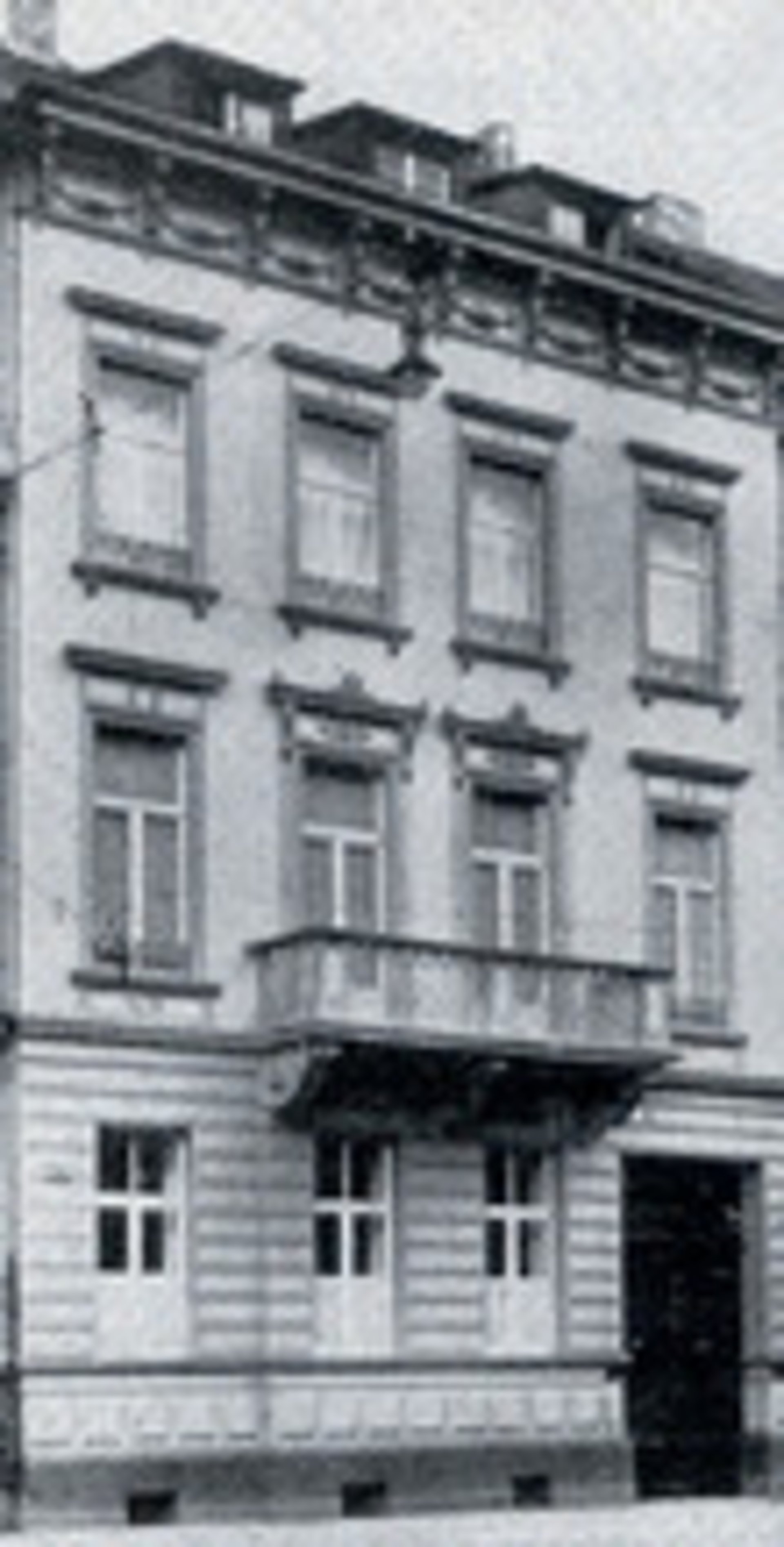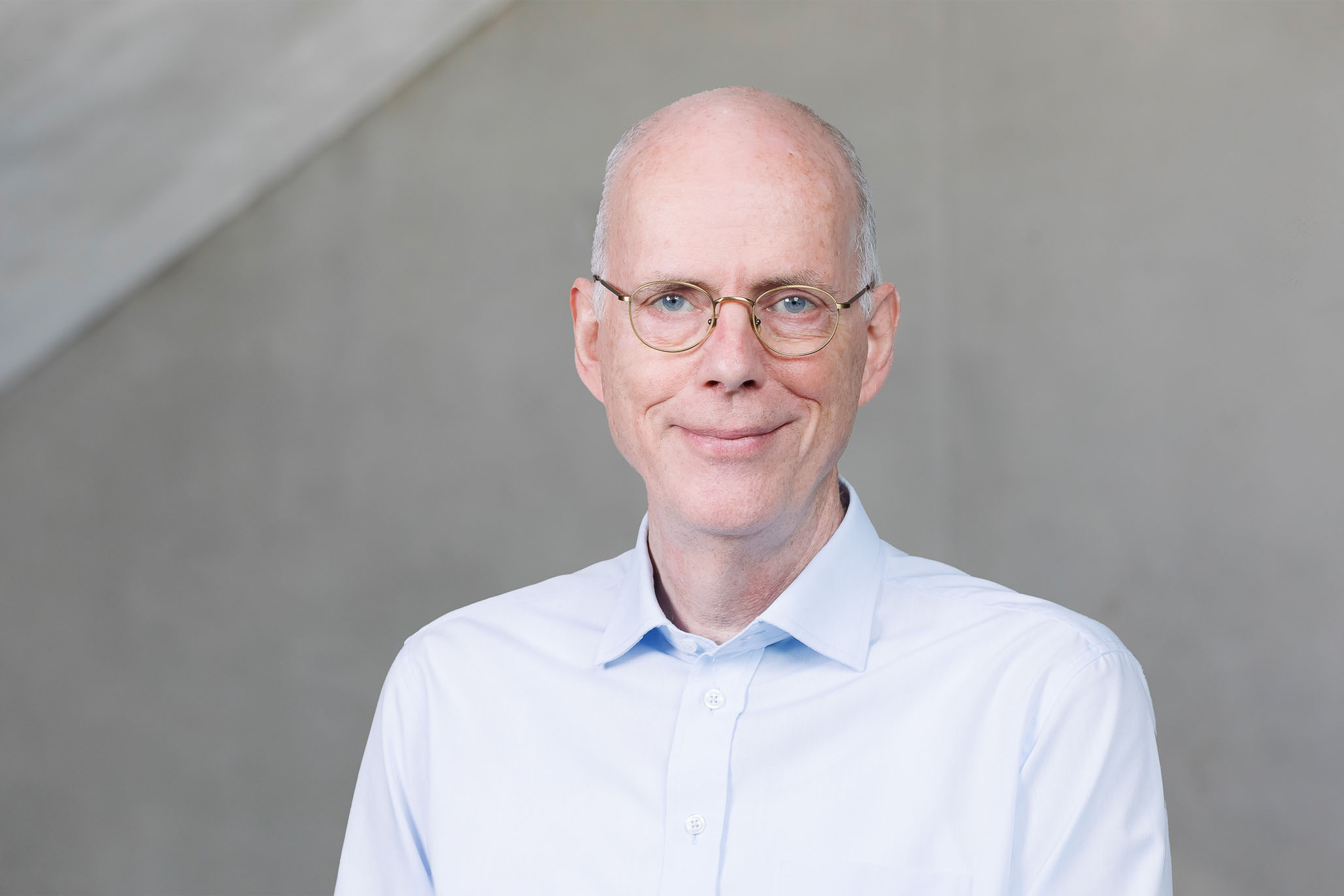Because of the disputes over the composition of the cement, the manufacturers of cements containing blast furnace slag founded the Association of German Iron Portland Cement Works e.V. in 1901 and set up a laboratory in Duesseldorf for standards testing.

Duesseldorf and Blankenese
In 1913, the Association of German Blast Furnace Cement Works e.V. was formed. At the same time the „Chemical Technical Testing Institute“ of H. Passow in Hamburg-Blankenese was renamed the „Laboratory of the Association of German Blast Furnace Cement Works“. Later, this Association moved to Düsseldorf as well. A formal contract between the Iron Portland and the Blast Furnace Associations provided for bringing the two association laboratories into a common building. Possibly a fruitful cooperation would have come into being, had there not been personal differences between the managers of the two research institutes, directors Grün and Guttmann. By 1926, the association boards had to end the stressful cooperation. Both institutes worked in their own buildings. The Association of German Iron Portland Cement Works moved into the house at 17 Eckstrasse. In 1937, F. Keil took over the management of the institute.
After the war, the work in the partly destroyed institute in the Eckstrasse in Duesseldorf was gradually taken up again. This took place first in the three important work fields to which the division into departments corresponded.
From 1948, the chemical mineralogy department concerned itself with the further study of the properties of cement and with its assessment. In line with its statutes, the Association undertook the monitoring of its members’ cements in accordance with the German cement standard DIN 1164. Other experiments were concerned with cements which had been swelled by means of gypsum and the addition of aluminate. The research plan also included a review of American experience with „aerated“ concrete, the air void content of which had been artificially increased. This concrete was more resistant to frost and thawing salts.
A test of the cements for plasticity and the testing of hardened concrete in buildings with the ball hammer rounded off the research programme.
